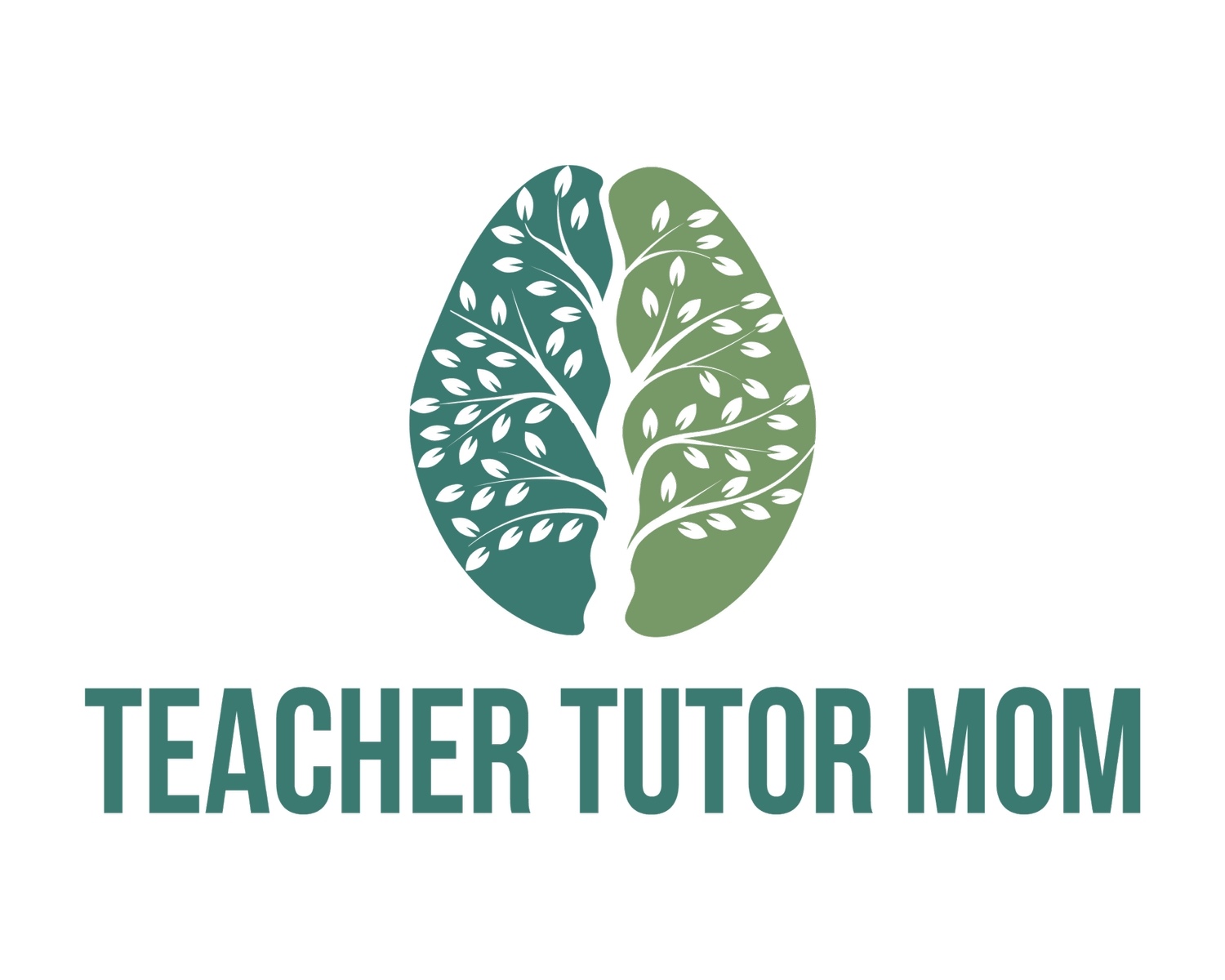Homeschool Art without the Overwhelm
We all have dreams of incorporating art and music into our well-rounded homeschool days. And though I fall far short of my goals in this area, I keep trying to include this important strand of learning for my kids.
Often we simply don’t seem to have time to “do art,” and other times I’m just tired and don’t want to have to teach another lesson. So, this collection of resources provides lots of options that your kids can do on their own!
Heads up: This post contains affiliate links. That just means, if you use one of my links to a product, I may earn a commission on that purchase, but it won’t cost you any extra money. Read more
In my family, if one kids starts drawing - either free-style or following along with a book or video - the other kids quickly follow-suit. I love this because I don’t have to make them “do art.” I can just hand one of them a new (or forgotten) book of step-by-step drawings and pretty soon all three are busy drawing, coloring, and making art.
This is actually how most of the art happens in my homeschool - and YES I do count it as part of our school day! Remember - the art that your kids actually do is far better than a great plan you never get around to!!
So, if buying a few books or turning on a YouTube video is what will help you budding artists bloom…then let them have at it and enjoy taking a few minutes to yourself - maybe even hide in your closet!! (You wouldn’t be the only mom who’s done that to get away!)
BTW, I own most of the books below. We’ve definitely gotten more use out of the how-to-draw books that are written for kids to use than the ones that require me to teach one more thing.
Books Written for the Parent-Teacher
Drawing with Children - (over 250 pages) I originally bought this one because it was recommended by Classical Conversations, which we were in at the time. Although it looks amazing, I have not utilized it very much. It is a book I would use if I wanted in-depth instruction in how to teach art to kids (or learn it myself). The author includes “Preliminaries” such as Preparing Your Workspace and General Guidelines for Different Age Groups as well as lessons and example projects that include facets of drawing from elements of shape and contour to positive and negative space. This book reminds me of the elementary education course books I used in my undergraduate days. Very detailed and with lots of examples of different drawings from various ages.
Discovering Great Artists: Hands-On Art Experiences in the Styles of the Great Masters - (150 pages; includes lots of art styles, not just drawing) also ended up purchasing this book because of our then-co-op, and I had the opportunity to help a group of kids do many of these art projects. The format of this very colorful book is not as much like a textbook (like the one above). Instead, this is set up with tons of projects where you could easily jump around from one to another. Each project (or lesson) has a sample piece of art, a short bio of the artist and then a DIY project in the same style.
The table of contents and icons guide at the beginning of the book provide a good overview of what’s included. The projects are grouped together by style and timeframe of the artist’s life. It also includes a sample of kids’ work for each lesson so you can see what to anticipate at the end of the exercise.
If you are looking for less “how to teach art to kids” and more ready to go lessons, this might be your book. It also works well if you’re trying to tie different artists in with a period of history you’re teaching.
How to Teach Art to Children - (160 pages) I do not own this book but have seen it recommended before. From looking at the large sample on Evan-Moor’s (the publisher’s) website it seems to be a combination of both books mentioned above. They include 96 different art projects that are divided into two sections - learning about the elements of art and using the elements of art. According to Evan-Moor’s website, the book also includes:
Full-color fine art examples
Downloadable PDFs of the fine art examples
Literature references and background information on famous artists
A materials reference list
Reproducible templates
(At the time of writing, the physical book is cheaper on Amazon, but the ebook is only available on Evan-Moor.)
Books Written to the Student
Ed Emberley’s Drawing Book: Make a World - (32 pages, ages 5-8) This book is part of a large series (of 13 books). I love the casual, playful style of the drawings. These are intended to be fun rather than “realistic” depictions of things. It’s a great book to let your younger kids use on their own to learn how to draw…well…“a world.” We love the tiny little cartoon-like drawings that Mr. Emberley teaches. At this point, this “Make a World” book is the only one we own.
How to Draw Series - (32 pages, ages 7-11) Intended for a slightly older audience, the lessons in these books show step-by-step instructions for drawing more complicated objects. Each volume covers a specific category - like ships and boats, vehicles, etc.. The eight books in the series cover a variety of topics. (We own two of them.)
How to Draw Series (40 pages, ages 6-8) The books in this series are suggested for ages 6-8, but I think they’d work well for older kids as well. Like the series above, they include step-by-step instructions for drawing a specific machine, animal, etc.
We have the military machine that’s one shown here. (The link to the whole series appears to have a few extra books thrown in that are not part of the series. Just look for the series title to confirm.)
How to Draw: Easy Techniques and Step-by-Step Drawings for Kids - (172 pages, ages 9-12) This book is intended for older kids, and includes multi-step instructions alongside brief written instructions for each drawing. While there are a gazillion different objects to draw, it also has brief lessons sprinkled throughout with basic information about the elements of art.
Part 1, Art School, includes 8 “Activities” (chapters) covering principles such as lines and shapes, shading, proportion and scale, etc. After the introductory info, each “Activity” has 4-5 separate drawings to do.
Part 2, Draw Everything, includes 100 with 16 different categories. They learn to draw animals, as well as artistic writing, plants, buildings, optical illusions and more.
30-Minute Drawing for Beginners: Easy Step-by-Step Lessons and Techniques for Landscapes, Still Lifes, Figures, and More - (84 pages, adult) This book is the most advanced of all. It’s written for adults, but since it is “entry-level,” even my 4th grader has enjoyed learning from it. Really, as long as the person using it is a strong reader they can gather lots of great info from this.
This book focuses on basics of learning to draw: shapes, dimensions, forms, proportions, perspective, shading, texture, etc. After the introductory chapter 1, chapters 2-7 each start with a brief half-page description of the topic, followed by 4-6 separate exercises. The exercises are typically 1-2 pages long, often with a “Bonus Challenge” activity included at the end. The exercises include both written instructions and step-by-step drawings to copy.
Online Art Lessons
We have been using their art lessons on YouTube for years. I love the father-child style duo where the dad is teaching his own kid on camera and my kids on the screen. They have a very happy vibe that makes all their videos fun to follow along with. You can see their 3,000+ videos for FREE on YouTube, or you can join the membership on their website for an ad-free experience. Here’s a screen-shot with all the perks of the membership:
I bought this course several years ago, and the one or two lessons that we have actually completed were really fun and educational. It would work well for a variety of elementary ages. The art lessons are taught via video (recorded, so you can access whenever you want) and PDF printables are provided as well as lists of other online and book resources that you might want to incorporate. If you want a year-long course that you do alongside your kid, check this one out.
I have not purchased this course, but I love Emily Lex’s store! (She has such beautiful watercolor products, so I can only imagine her kid’s watercolor course would be wonderful!) Here’s a screenshot with the info about it from her website. It is hard to find on her website, because she doesn’t have a “category” for her courses. But, you can find this one using the link above, or you can find it as well as her adult watercolor course by “sorting by price: highest to lowest” on her site.
Other Places to Look
Public Libraries
There are numerous libraries in my area, and while not all of them teach art classes for kids, I have heard of wonderful art classes provided by some of the libraries. Check the one(s) near you - because often these are FREE!
Museums
Art Museums - I believe most art museums also offer art classes (for a fee). Check for ones for specific ages.
Botanical Gardens - Often botanical gardens offer classes for kids, and sometimes they even offer art classes. Check one near you to see if they have something available.
Art Schools
Google it - Check for Art Schools in your area online via search or even on Maps.
Facebook - Look on FB for offerings from artists in your area. You might find hidden gems recommended on homeschool Facebook groups for your county.













